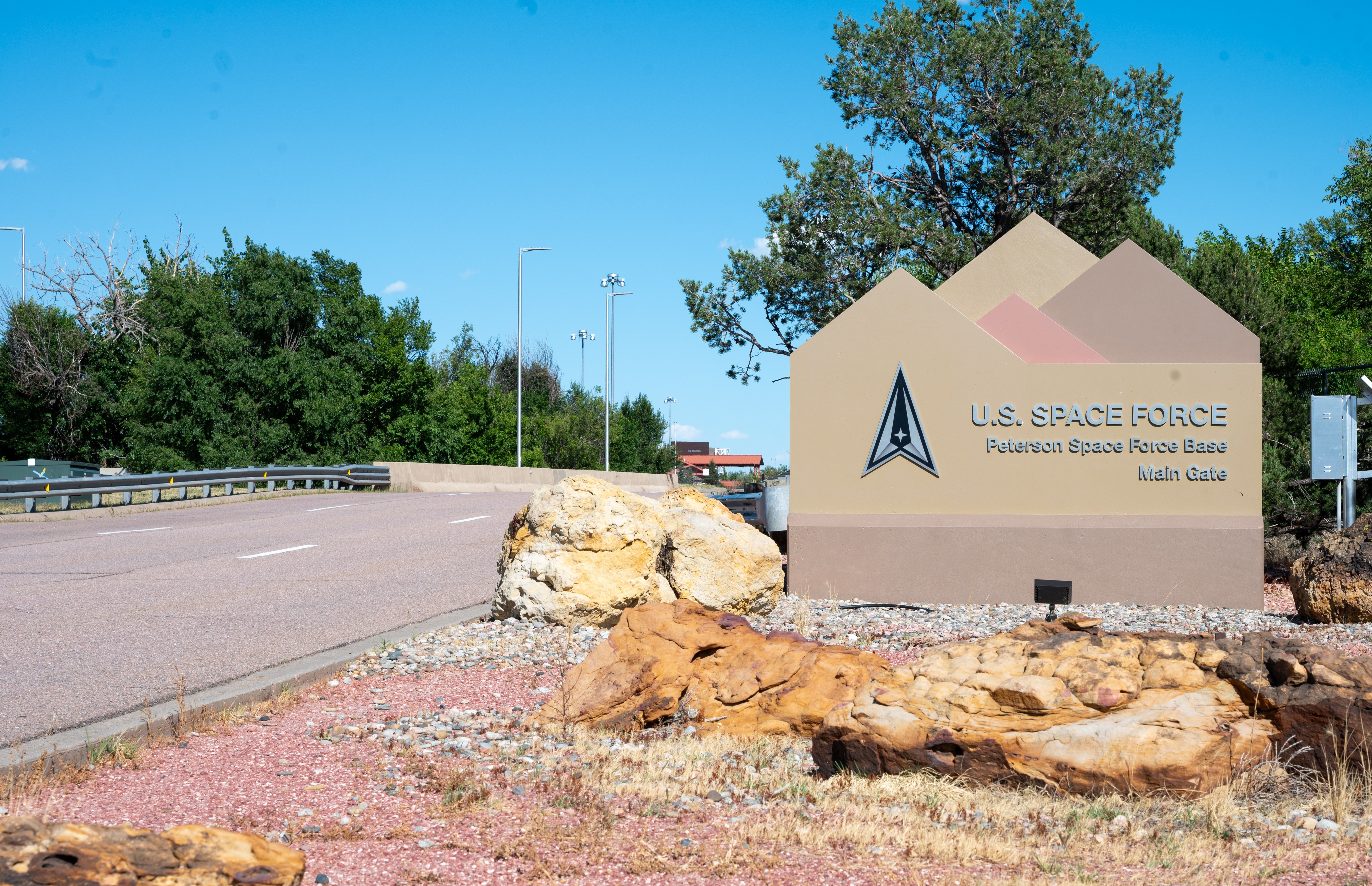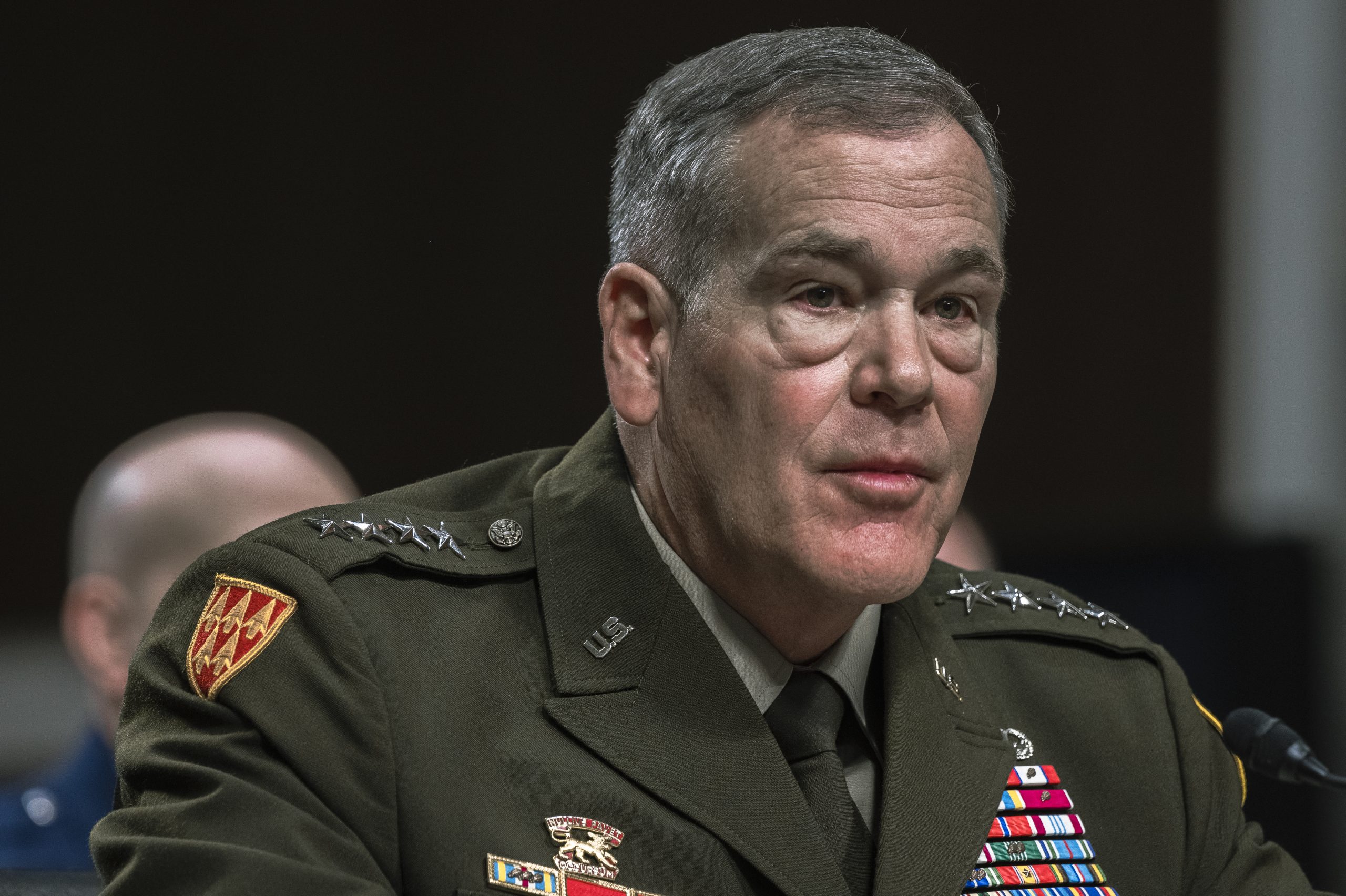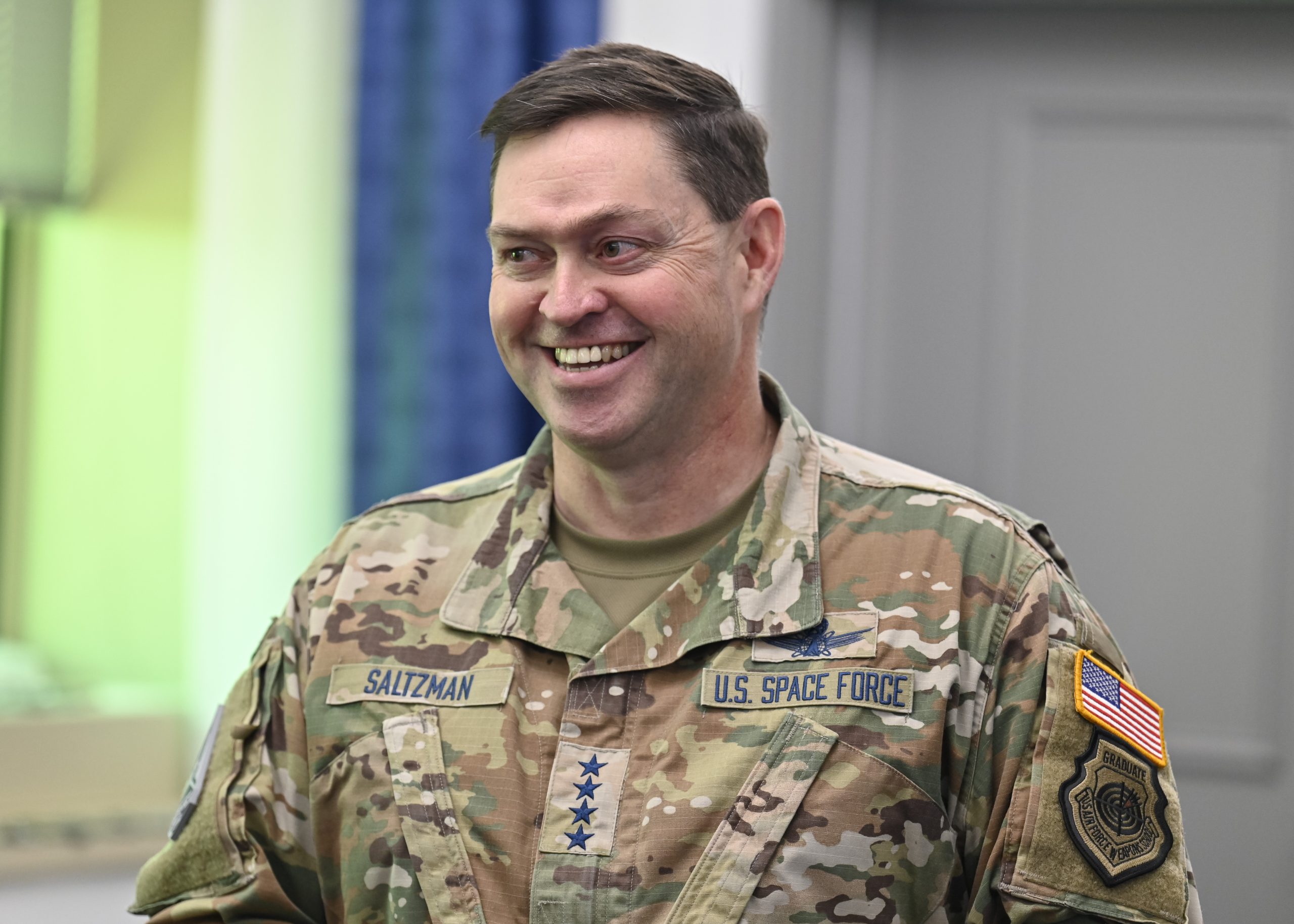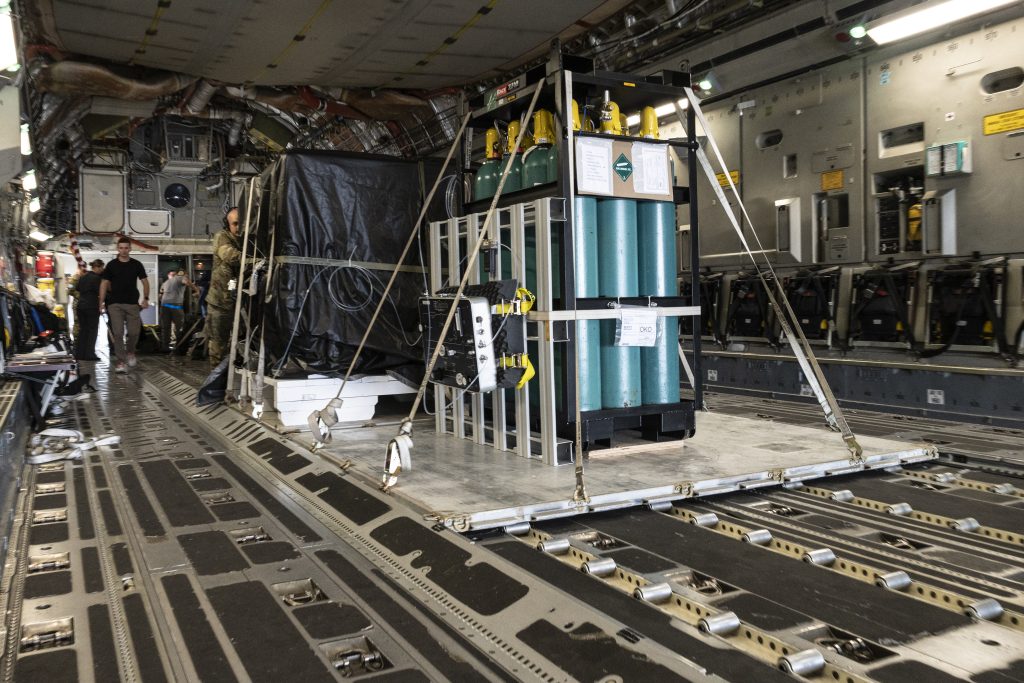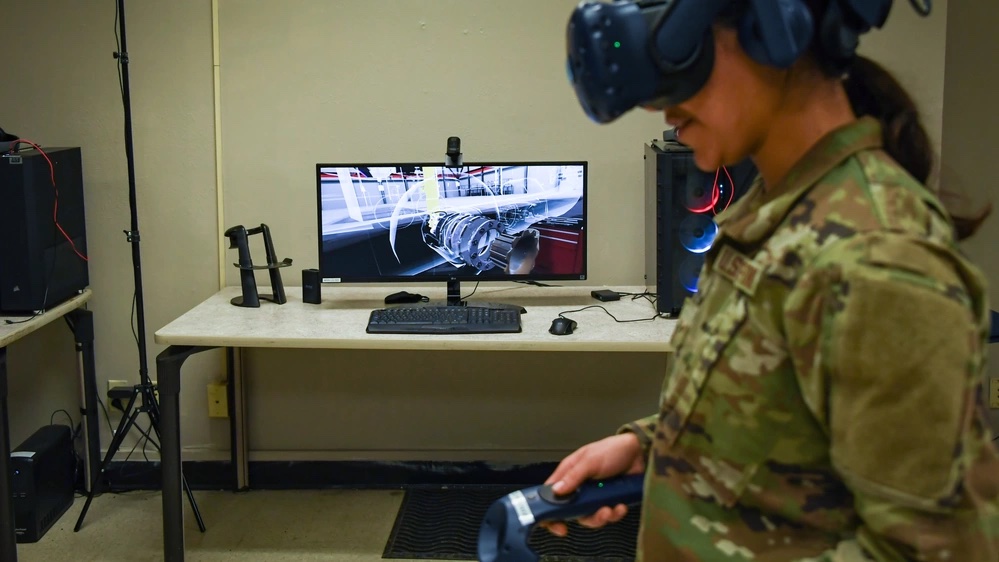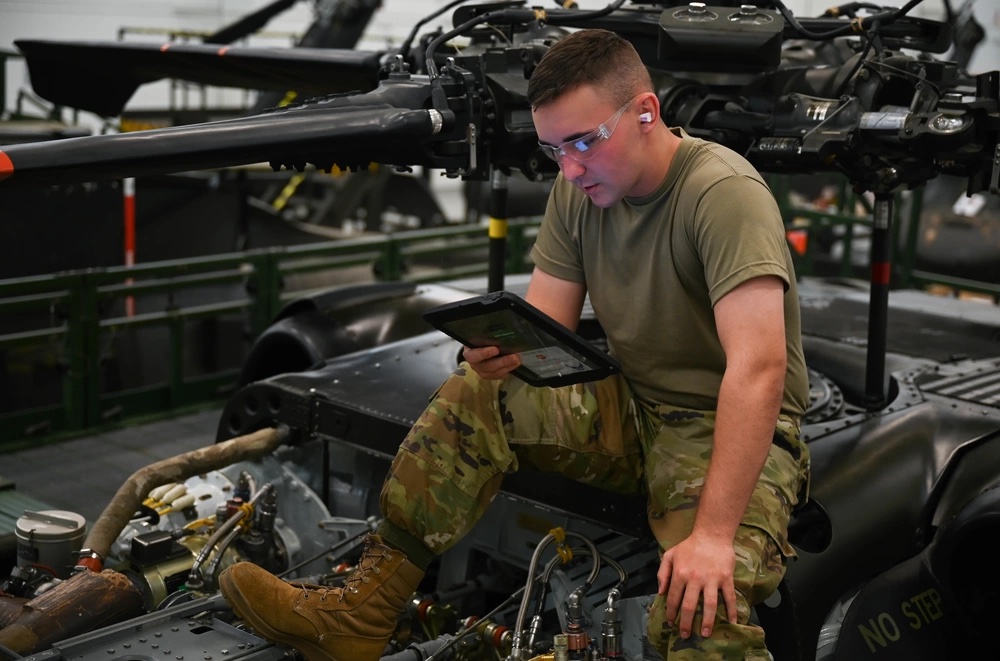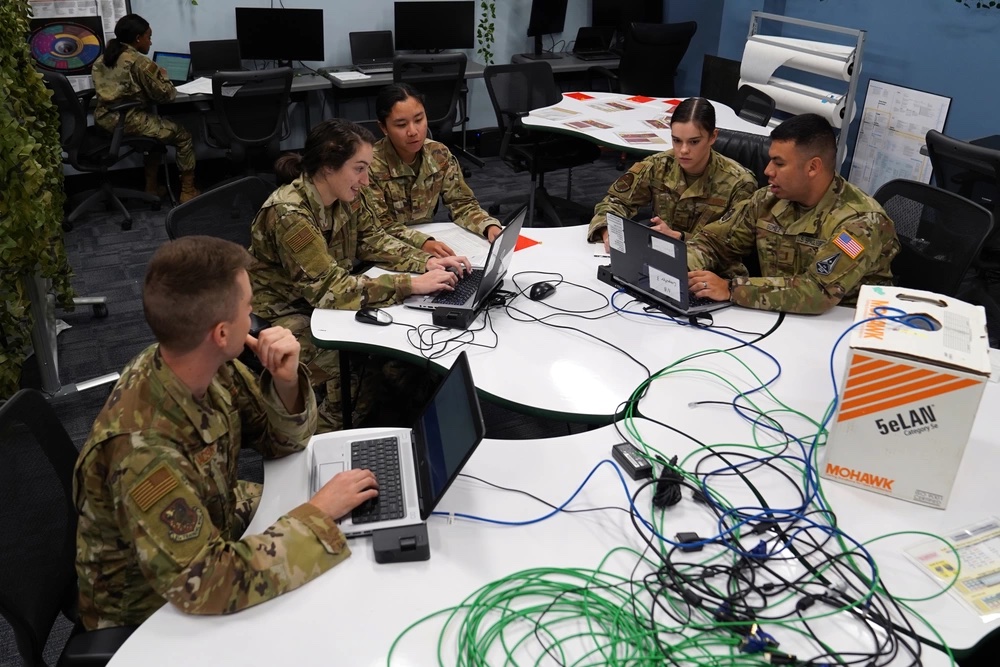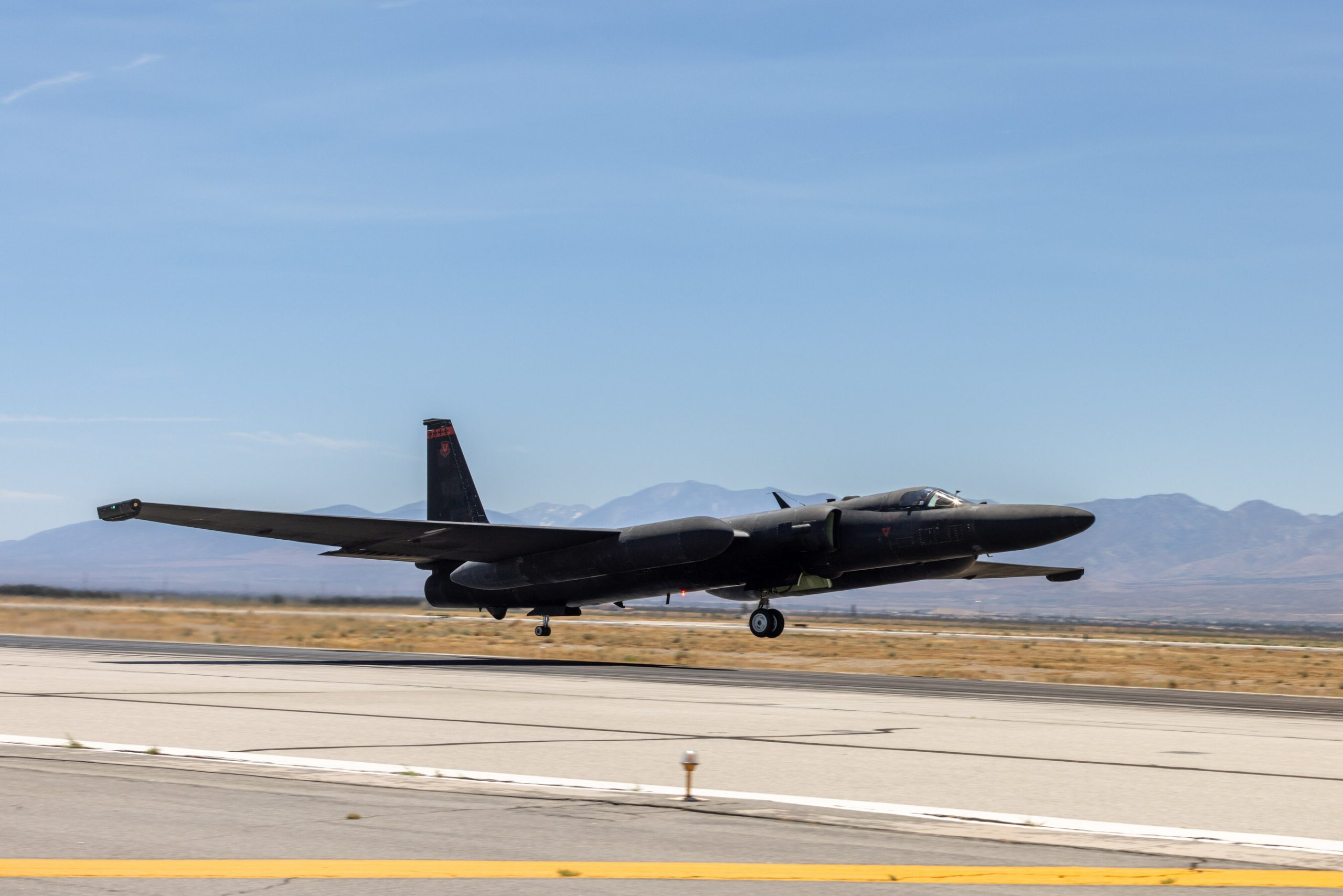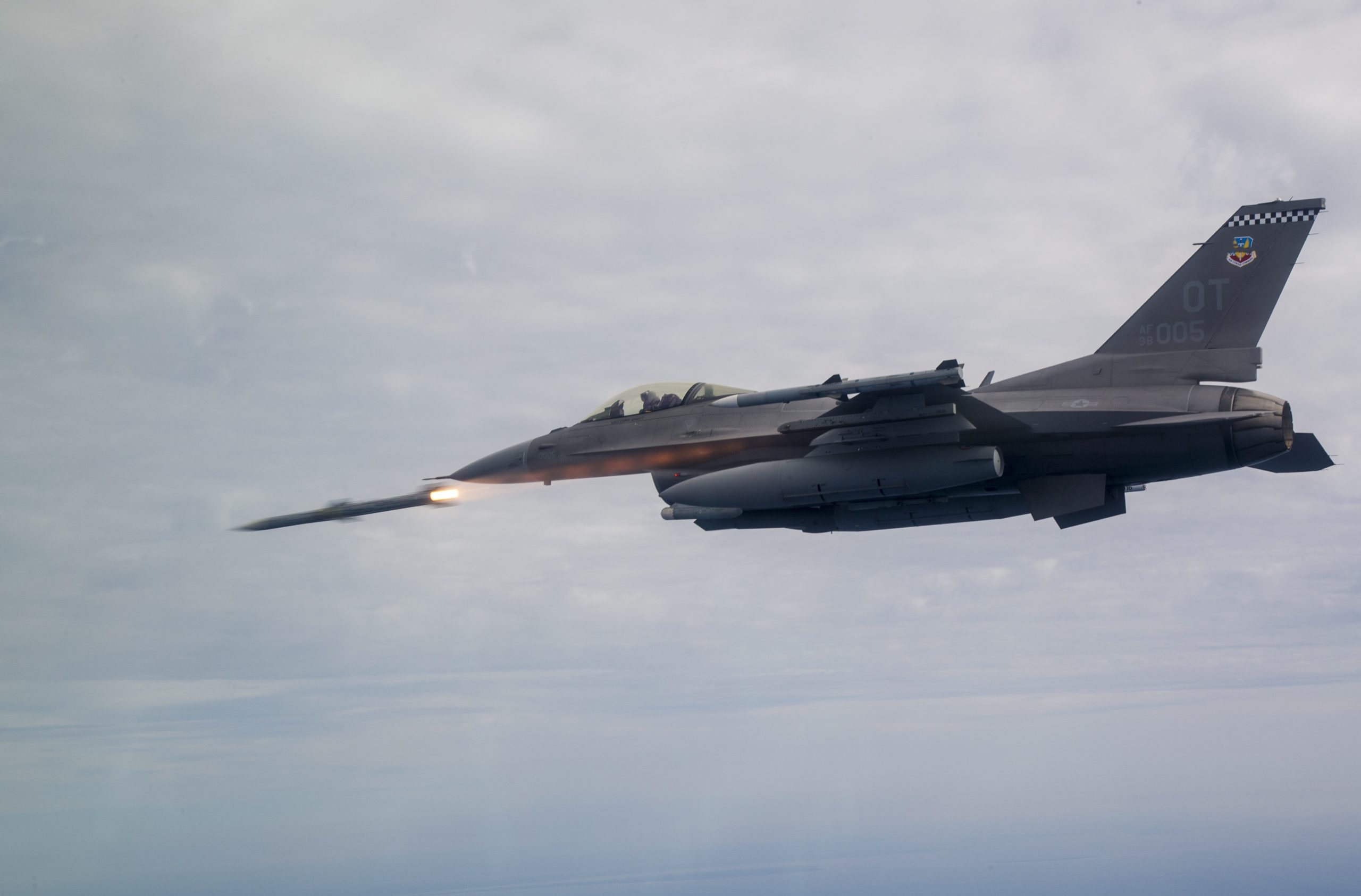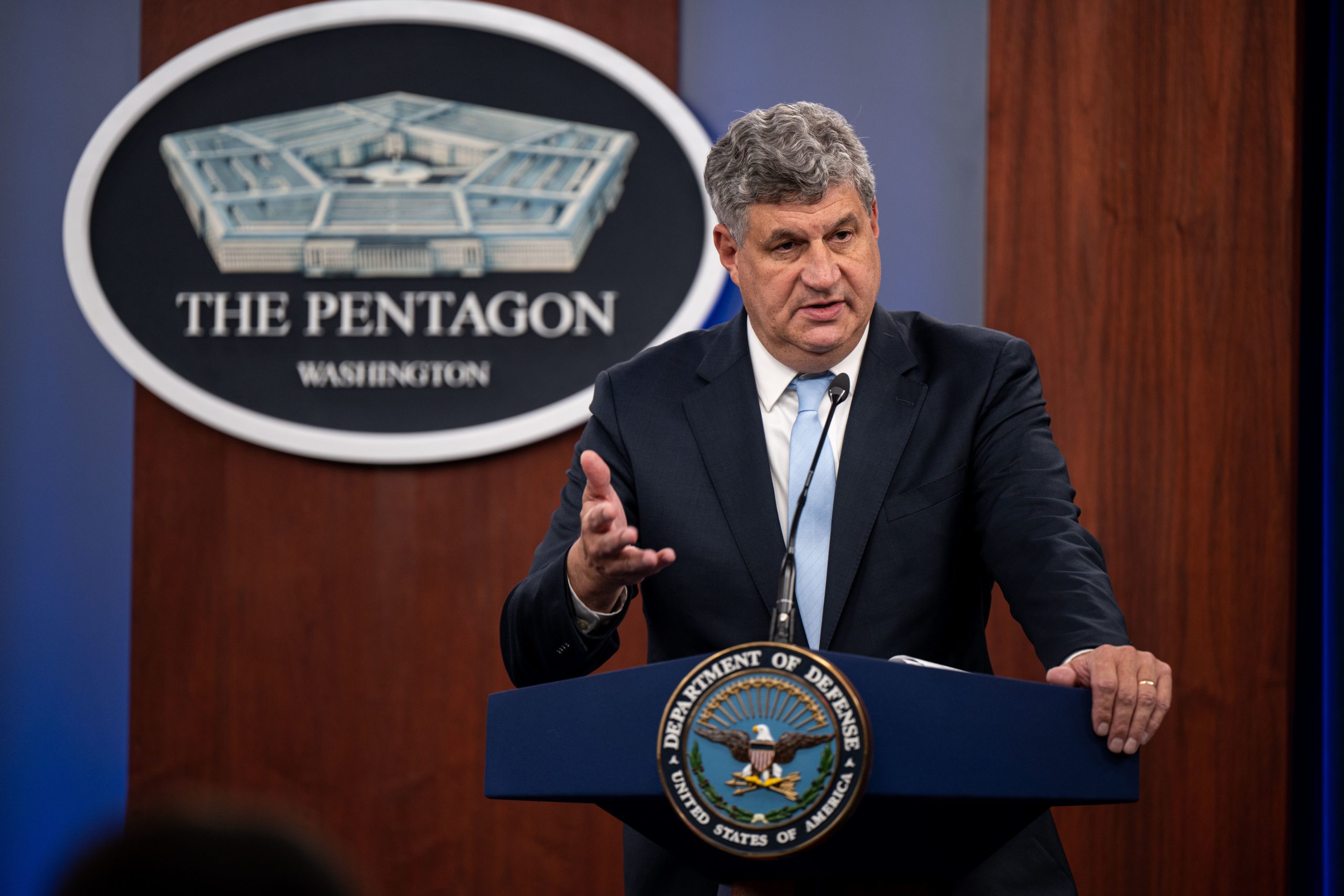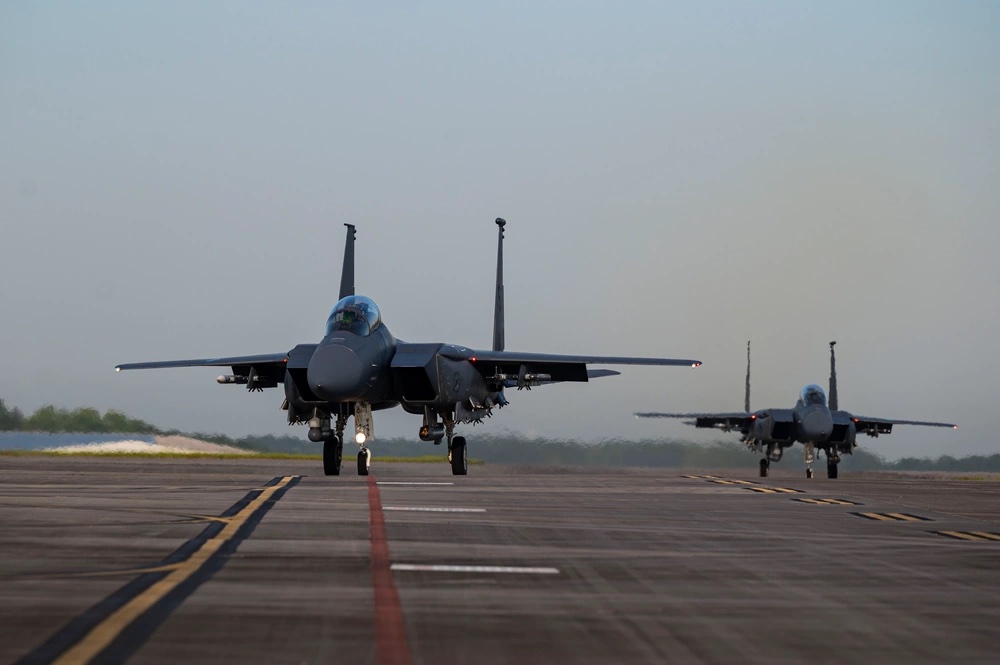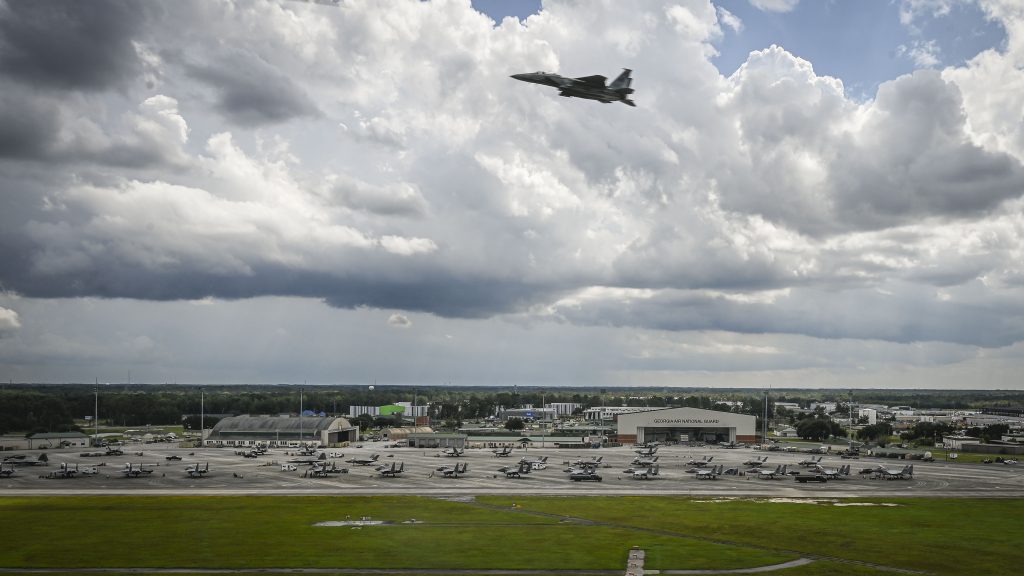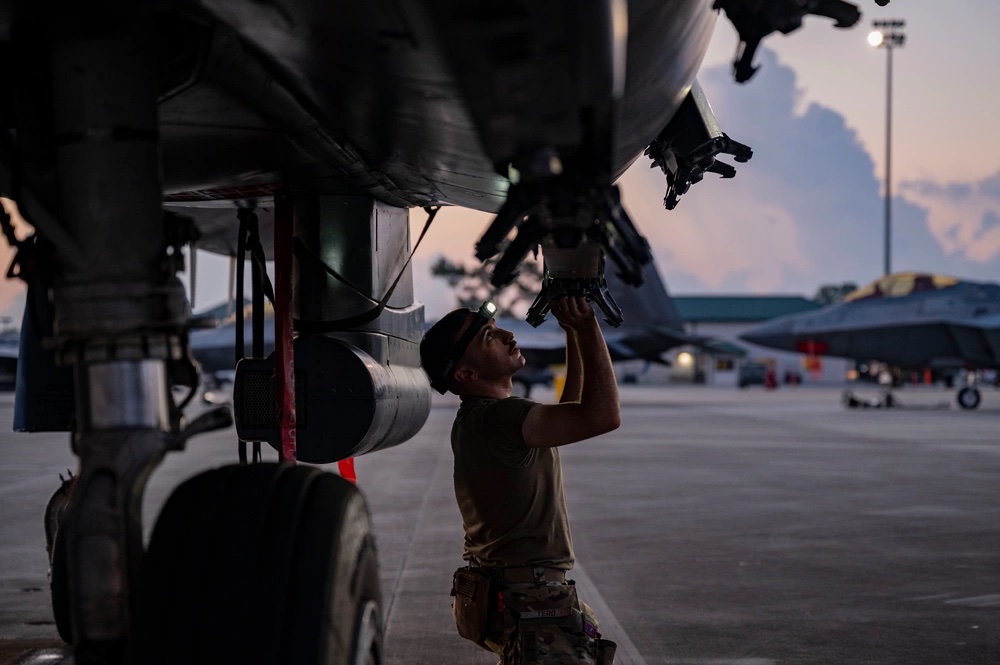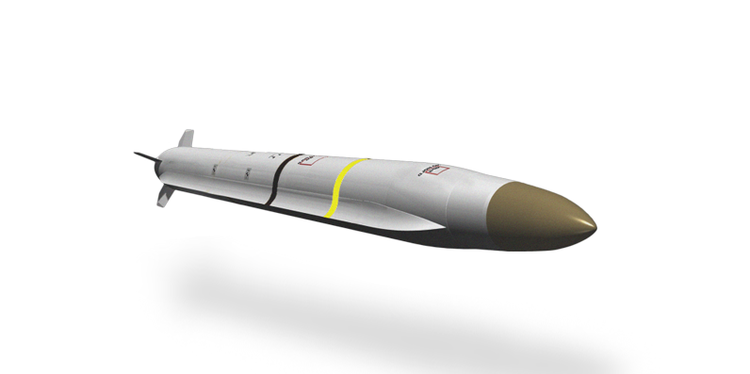U.S. Space Command will reach full operational capability before the end of 2023, its commander Gen. James H. Dickinson told members of Congress on Sept. 28, even as the fiery debate over where to base the combatant command shows no signs of letting up.
President Joe Biden announced in July his intent to keep SPACECOM’s permanent headquarters in Colorado Springs, Colo., reversing a previous decision by then-President Donald Trump to move the command to Redstone Arsenal, Ala.
But just as Trump’s decision outraged Colorado lawmakers and prompted multiple investigations into the Air Force-led basing decision, Biden’s choice has infuriated Alabama legislators—most critically Rep. Mike Rogers (R-Ala.), the powerful chairman of the House Armed Services Committee.
After Biden announced his decision, Rogers vowed “this fight is far from over.” At a full committee hearing Sept. 28 featuring Dickinson, Air Force Secretary Frank Kendall, and Chief of Space Operations Gen. B. Chance Saltzman, he went a step further.
“I am going to ask the Inspector General for the Department of Defense to investigate this,” Rogers said. “In the meantime, I intend to work to make sure that no funds are authorized or expended to be spent in Colorado Springs for the building of a permanent headquarters.”
Rogers’ key role as HASC chairman in drafting and passing the annual National Defense Authorization Act, which authorizes funding and can set policy for the Pentagon, makes his voice particularly crucial in the ongoing fight.
Dickinson confirmed during the hearing that Space Command is on pace to reach full operational capability by the end of 2023, a little more than two years after he declared initial operational capability in August 2021. The Pentagon had previously said FOC would be declared in August, but a change in mission requirements led to the delay.
“We received an additional unified command plan task in the latest one that came out in May of this year, which is trans-regional missile defense,” Dickinson said. “So I’m assessing to make sure I have the proper functions and personnel in the headquarters to be able to do that task.”
Dickinson has previously said uncertainty over the command’s future basing was also delaying FOC.
What impact a potential DOD Inspector General investigation might have on the basing timeline is unclear. Rogers also requested a Government Accountability Office investigation into the matter in August.
Previous IG and GAO investigators determined the basing decision process that led to Alabama’s selection did not violate any laws or policies, though both reports identified issues of concern and irregularities in the selection process.

Differences in Opinion
While Kendall, Dickinson, and Saltzman all said they supported President Biden’s decision to headquarter SPACECOM in Colorado, Dickinson and Kendall in particular acknowledged they had offered contrasting recommendations—Dickinson favored keeping SPACECOM in Colorado Springs, while Kendall supported the move to Alabama.
During the Department of the Air Force’s re-evaluation of the basing decision, Kendall said his team concluded that “there would be some operational risk associated with moving the provisional headquarters in Colorado to any other location.” But while Dickinson argued that operational risk was “significant,” Kendall said he and the Air Force strategic basing team believed mitigation measures were available, including greater reliance on contractors instead of government civilians.
Dickinson said the decision to stay in Colorado “ultimately maintains our readiness at the highest levels while imposing the least disruption to the mission and workforce.” He pointed out that 60 percent of SPACECOM’s headquarters is staffed by civilians, who are not obligated to move with the command, as uniformed personnel would be. He said an internal analysis concluded that 88 percent of those civilians “would probably not move” from Colorado to Alabama.
Kendall, however, said he believed the long-term cost savings of a move from pricey Colorado to more affordable Alabama, provided appropriate mitigation measures, outweighed the operational risk.
Kendall had previously told lawmakers that Defense Secretary Lloyd Austin had delegated the basing decision to him and that he had received “no indication that the president is going to do anything with regard to that decision.” But during the Sept. 28 hearing, he said he was informed that the president was making the final decision “shortly” before it was announced.
